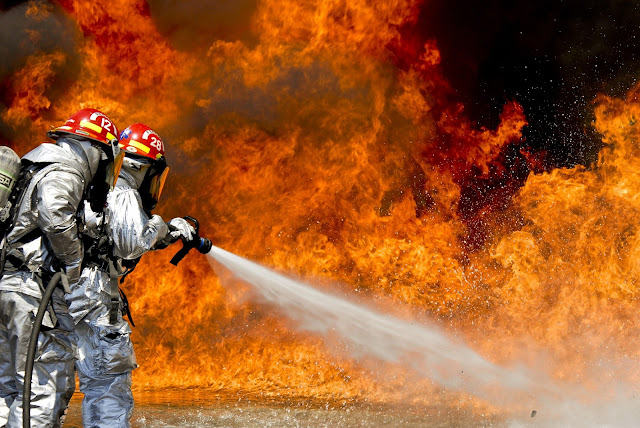Bushfire Attack Level or BAL assessment is important as it helps prepping the space and assessing which zone it falls. One of the factors based on true planning to get yourself and your family members safe from any kind of accident is understanding that life is pretty much unpredictable. Nobody knows what might happen exactly in the next moment, and thus, there are a few steps that you can take to make sure that you and your loved ones stay safe in the residing areas.
Among all the various types of precautions, the one you should be determined to perform is the BAL assessment. Living in Australia, you might be well aware of the risks and dangers related to bushfires in today's times. BAL assessment helps you understand how risky it might be for you and your family if you reside in a bushfire-prone zone.
Simply put, it is a way to determine how your plot might catch fire from natural sources and how much damage it can cause. To get yourself out of all kinds of risks and damages, you need professional help from government bodies and field work experts to understand the basics of bushfires.
Ways to Find Out BAL Assessment Results
 |
| BAL Assessment |
Before delving into the process of BAL assessment or choosing a professional researcher for the same, you need to figure out many points beforehand. Knowing these processes will help you understand the process better, and you will no longer be confused. Check out the steps involved in BAL assessment now:
Step One:
The first step involves figuring out the dangers of any kind of fire that you might face in the upcoming days. In this step, the professionals will examine the nooks and corners of your home or land, which might be the reason behind the lighting up process of the bushfire.
BAL assessment particularly deals with bushfire sources. But if you can follow the steps and tips given by professional examinees in the field, you will get assistance in finding out the valid sources of fire in your house and nearby regions. This step focuses on finding the root cause of the problem rather than looking at it superficially.
Step Two:
The second step involves figuring out the types of vegetation covers you have at your place or in the nearby regions. According to the experts, the major cases state that most of the bushfires taking place in Australia have one sole source, vegetation cover. At first, a single flame from anywhere lights up the vegetation. Then after spreading out at a rapid speed, the woods and nearby forest regions also get lit up, causing a huge mess for the people and survival game for the wildlife residing in the forests. Thus, while carrying out the BAL assessment, the one thing which you should be well aware of is the nearby vegetation cover present in your area.
Step Three:
While carrying out the BAL assessment, one thing that the professionals take part in is the technical ways to determine the exact distance of the vegetation cover from your house. It will help you understand the chances of your house taking up damages from the bushfire in the vegetation-covered area.
Step Four:
In this step, the BAL assessment experts test the soil in the vegetation-covered area and examine its constituents. This can help them determine the chances of spreading the bushfire and understand the distance it can spread. Depending on the test results, you can easily tell whether you are in the safe zone.
Step Five:
The second last step involves the process of determining the final chances of how risky your plot is. It will simply help you understand the BAL.
Step Six:
According to the results, you need to understand the security and safety measures you need to take in case of any bushfire breaks out. BAL assessment results can help you figure out new ways and equipment to implement in the construction work of your house, which can prevent it from burning down.
Wrapping it up!!!
Now that you know the knits and bits involved in BAL assessment, you know about the significance of BAL assessment. Whether you are buying a new property or shifting to a new place, BAL assessment will help with preparedness. You can consult with professionals and find out your plot's BAL!



Post a Comment
Note: only a member of this blog may post a comment.